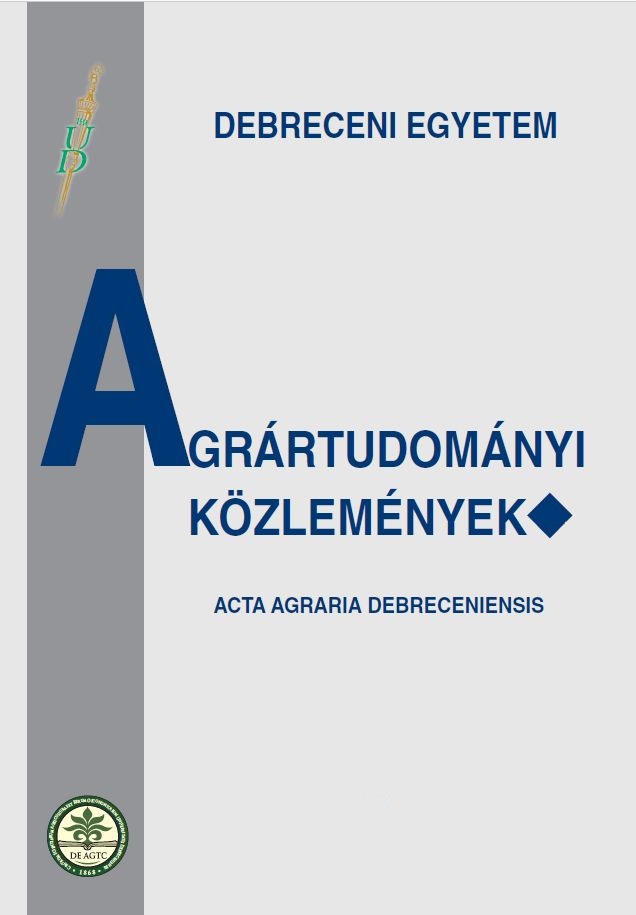Comparison of Variability among Irradiated and Control Inbred Maize Lines via Morphological Descriptions and Some Quantitative Features
Authors
View
Keywords
How To Cite
Abstract
Knowledge of genetic diversity in breeding material is fundamental for hybrid selection programs and for germplasm preservation as well. Research has been done with nine irradiated (fast neutron) and four non-treated inbred lines. The aims of this study were (1) to investigate the degree of genetic variability detected with morphological description (based on CPVO TP/2/2) in these materials, (2) to compare the genetic changes among irradiated and non-irradiated maize inbred lines (based on some quantitative features). The irradiation did not change any of the characteristics clearly in positive or negative way, which can be related to the fact that the effect of induced mutation on genetic structure cannot be controlled. From the irradiated lines we have managed to select plants with earlier ripening times and better phenotypes. We could distinguish 3 main groups by the morphological features; these results match our expectations based on pedigree data. Markers distinguishable on the phenotypic level (e.g. antocyanin colouration, length of tassels) were significant in all lines.

 https://doi.org/10.34101/actaagrar/24/3228
https://doi.org/10.34101/actaagrar/24/3228